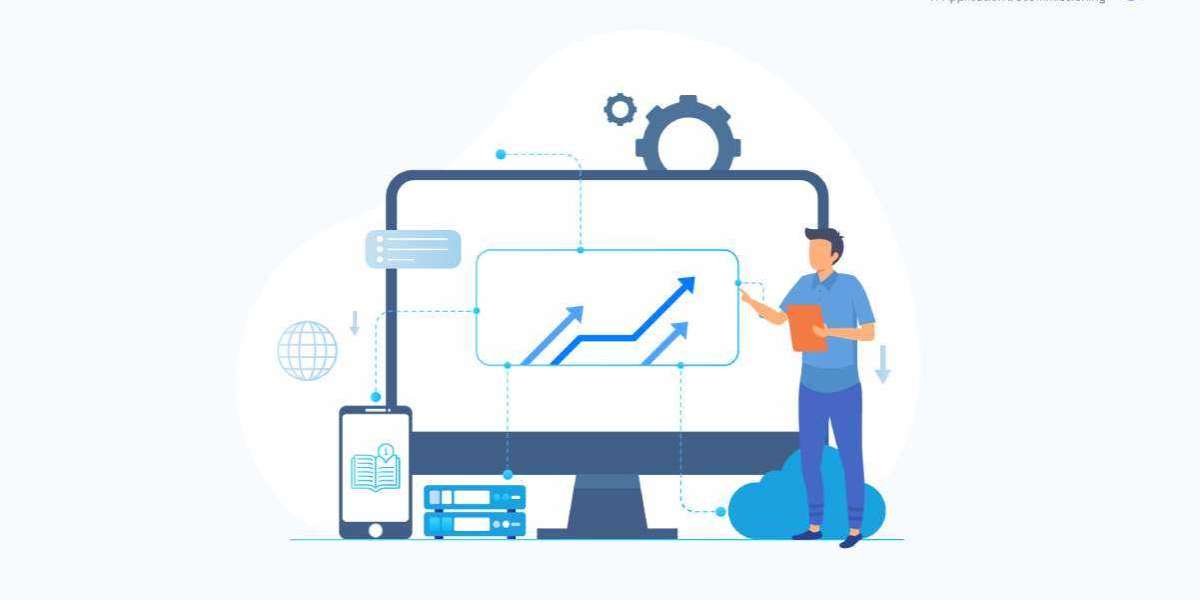Introduction
Legacy applications can pose a significant obstacle to business continuity and a company’s digital transformation. They are outdated software applications that often no longer adhere to modern technical standards and can impair efficiency and productivity. Therefore, it is crucial for companies to have a clear plan for safely and effectively decommissioning such legacy applications.
Why Do Systems Become Legacy Applications?
Before focusing on how to decommission legacy applications, it is essential to understand the reasons behind it. There are several factors that lead companies to replace or remove their outdated or legacy applications:
1. Security Risks:
Legacy applications are vulnerable to security threats as they are no longer actively maintained and updated. This can result in severe security breaches.
2. Lack Of Scalability And Flexibility:
These applications may not meet the requirements of modern business processes and are often inflexible and challenging to scale.
3. High Maintenance Costs:
Supporting and maintaining outdated applications can be costly and tie up IT resources.








